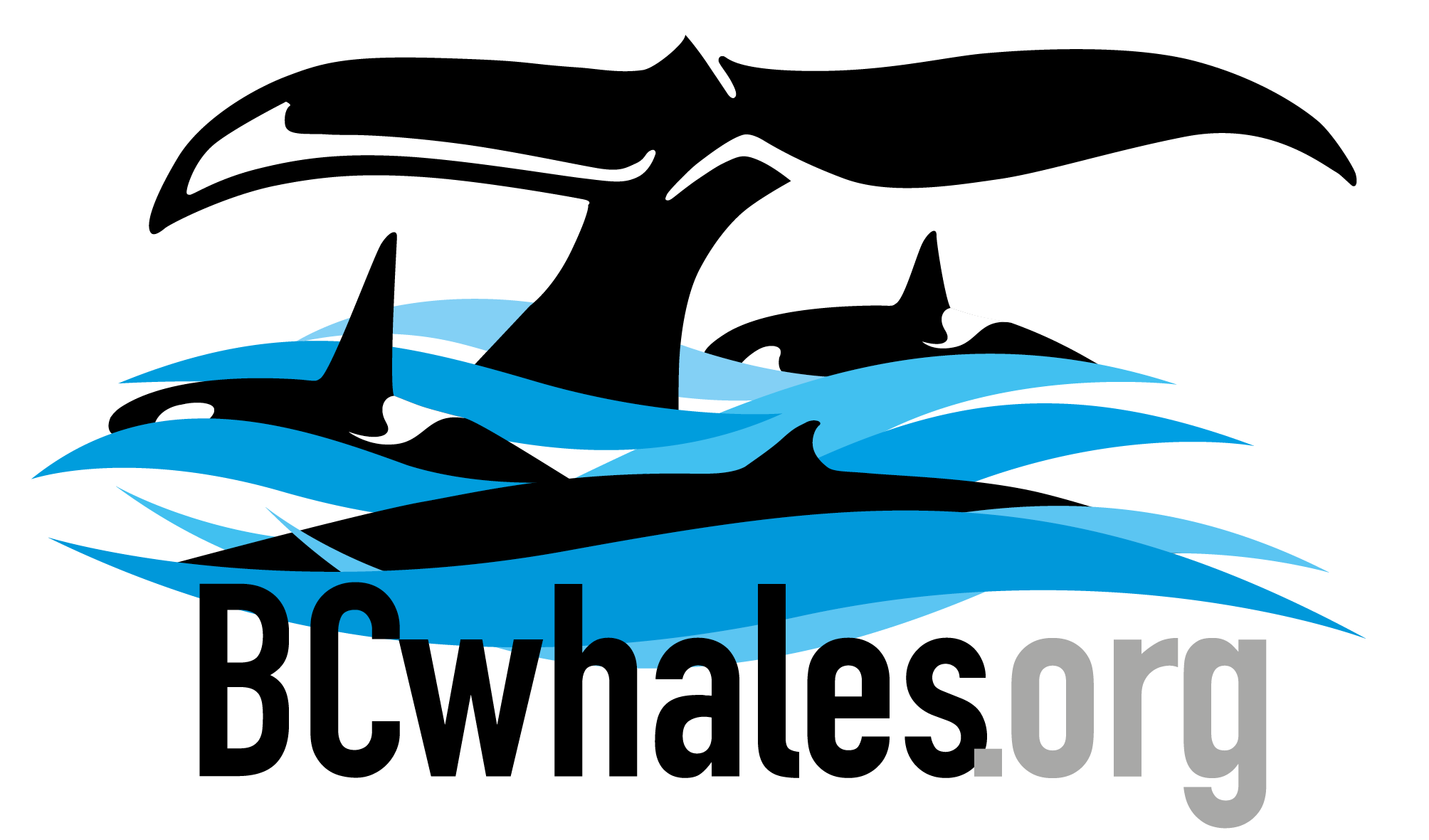Humpback Whales | Orca | Fin Whales | Whales & Sound | Identification of Whales
Identification of Humpback Whales
Each whale has a unique pattern on the underside of its tail fluke, which can be used as a fingerprint, allowing researchers to identify individual whales. In the years that we have been living among these whales, we have learned that each whale, like our species, are clearly distinct individuals; and that their uniqueness extends beyond their distinguishing fluke patterns shown in the subsequent photographs. Our hope is that this catalogue is a first step towards discovering and appreciating the individual personas of these magnificent humpback whales.
THE NAMING SYSTEM
The resident humpback whales in our catalogue are organized according to identification numbers beginning with one of three prefixes: BCX, BCY, or BCZ. The letters “BC” refer to the province of British Columbia or CS for Caamano Sound, and the letters X, Y, and Z, provide a general indication of the darkness of the fluke, so that a BCX fluke is mostly dark, a BCY fluke is about half-covered in white markings, and a BCZ fluke is mostly white.
The local nicknames, found at the top right of each identification shot, were given by Janie, Hermann, students of Hartley Bay, research assistants and those that have sponsored a whale.
WHAT TO LOOK FOR
Knowing what to look for in a fluke is the key to identifying an individual whale. After seeing the general coloration of the fluke from dark to light, you can narrow it down to the BCX, BCY, or BCZ range, the next step is to observe distinguishing characteristics.
Large scars or wounds in the fluke profile (the unfortunate causes of these deformations, such as propeller strikes or rake marks from Bigg’s transient orca attacks, make identification quick and easy)
Notable markings on the fluke - Are there many circular barnacle scars? Do the markings show any recognizable shapes?
The trailing edge of the fluke - Are there any large divots? Is it generally smooth or very rough?
The general fluke shape - Are its tips pointed, rounded, or curled? Are there large aggregations of barnacles on the tips?
Canadian Pacific Humpback Collaboration
We are building a coast-wide identification catalogue for humpback whales in collaboration with
Visit Canadian Pacific Humpback Collaboration Web Site
This project will enable us to understand the broader picture in regards to habitat use and social relationships of humpback whales. This project is a great example of how working together, researchers will have the opportunity to gain insight into the life of a marine mammal that not only travels great distances from day to day but spends most of the time out our sight, beneath the surface, in a world we know little about. More to come in the following months as this project takes flight.


